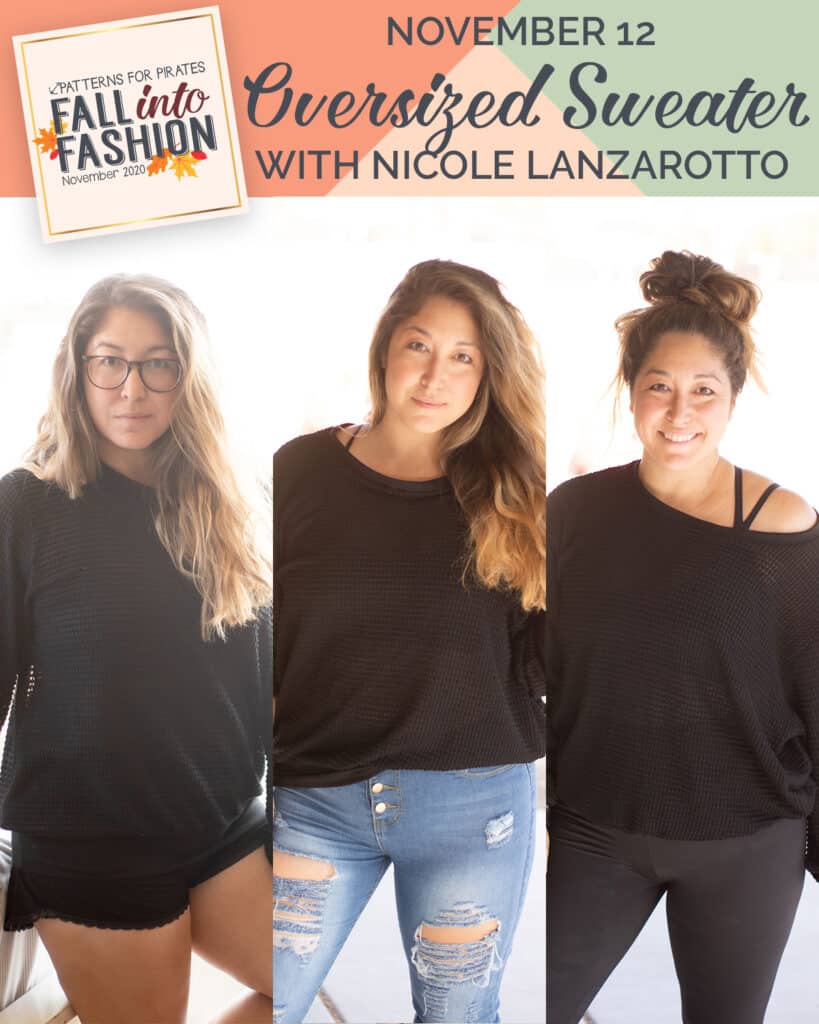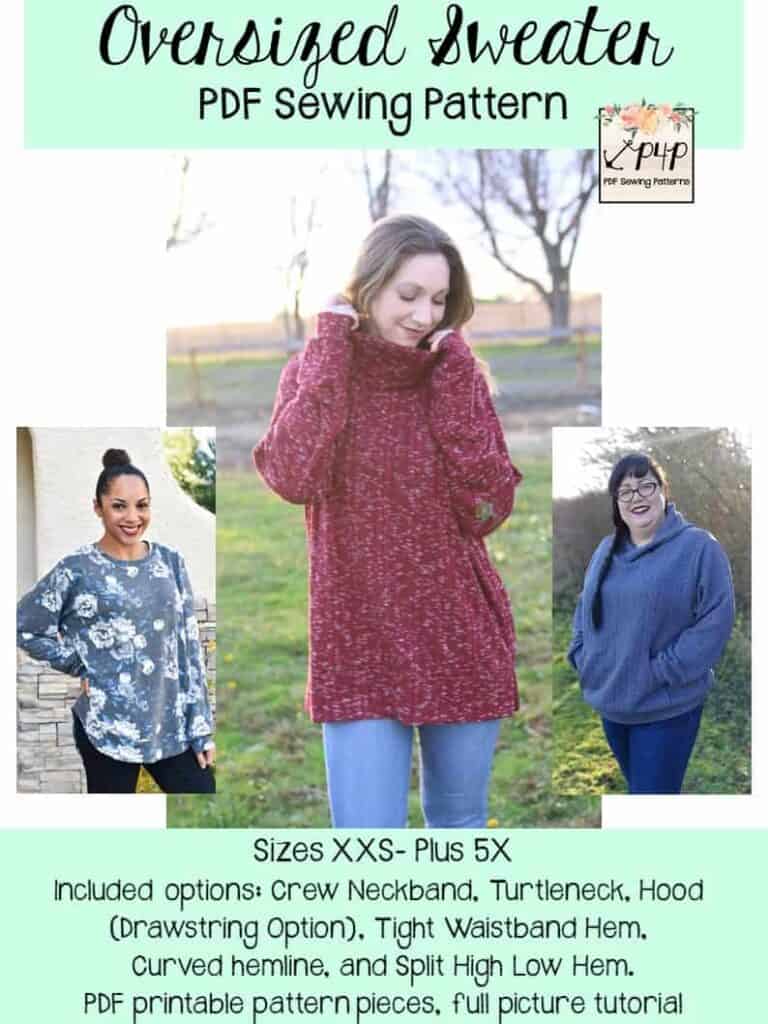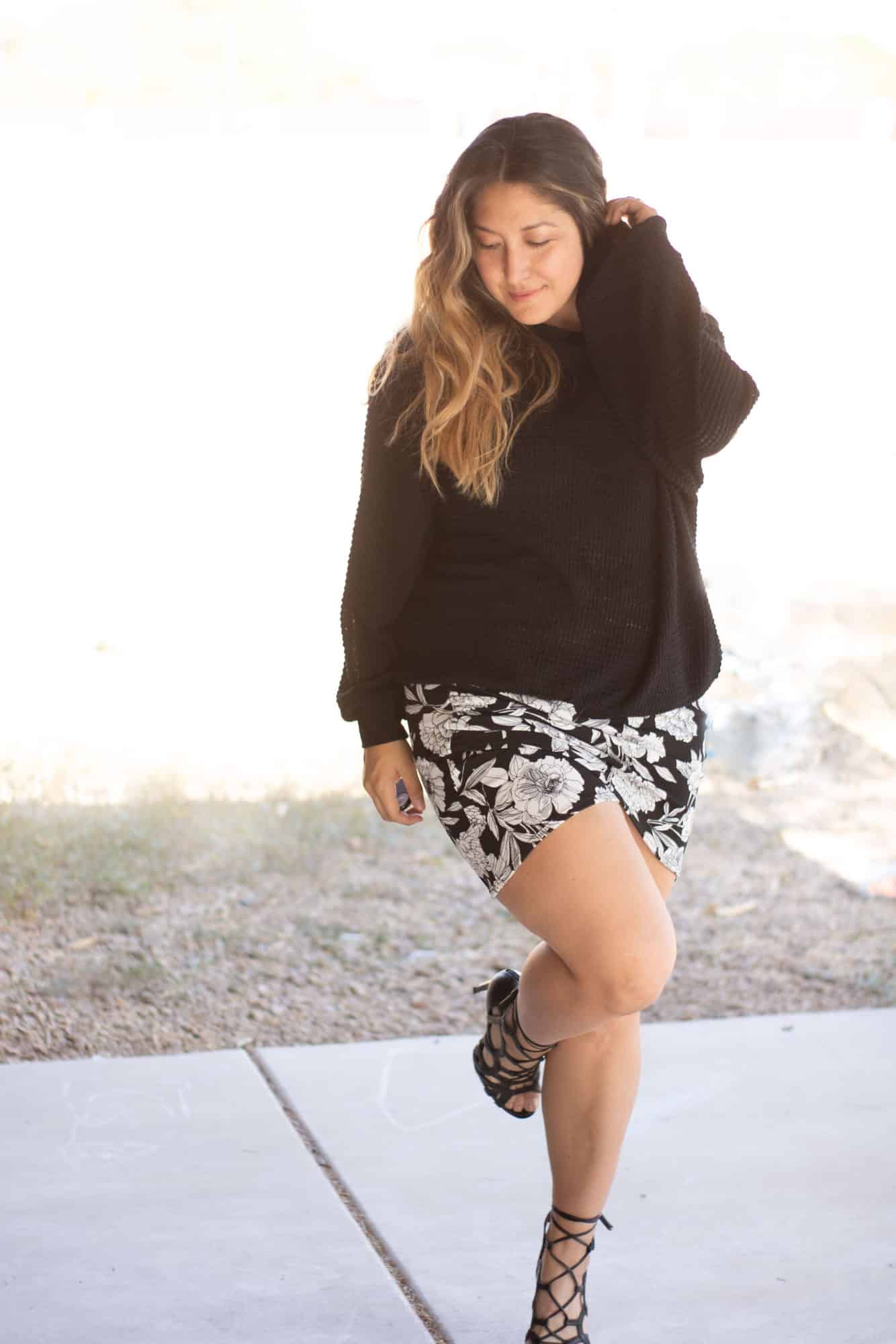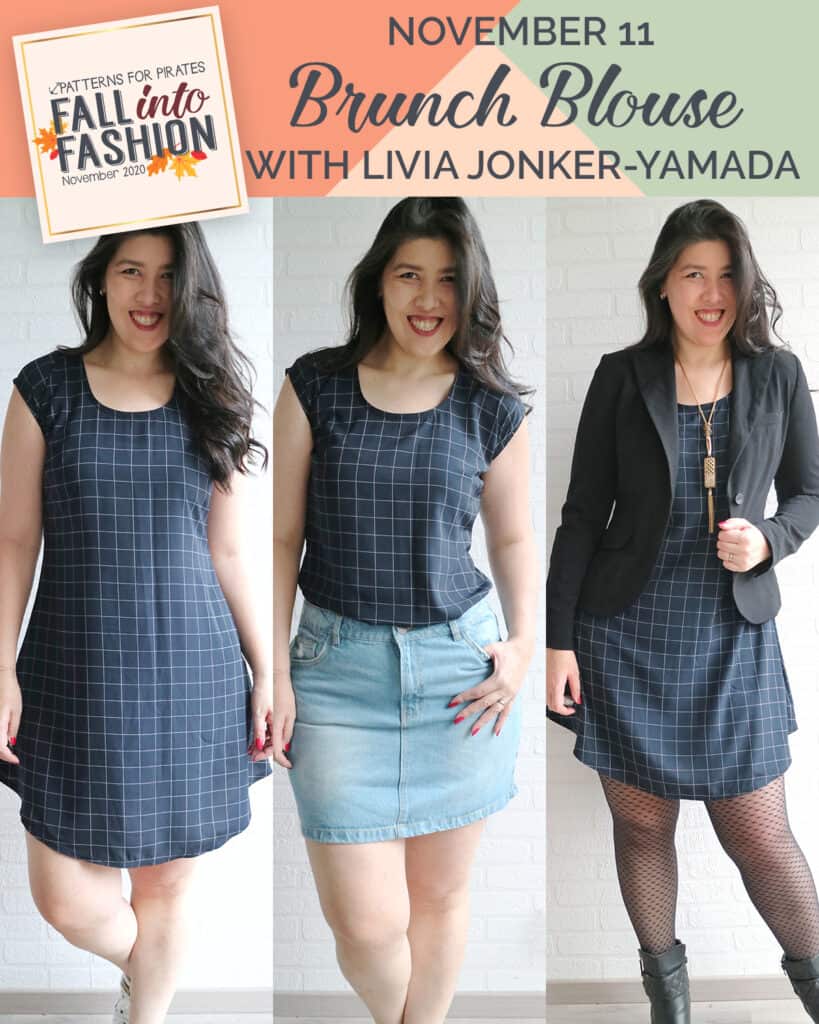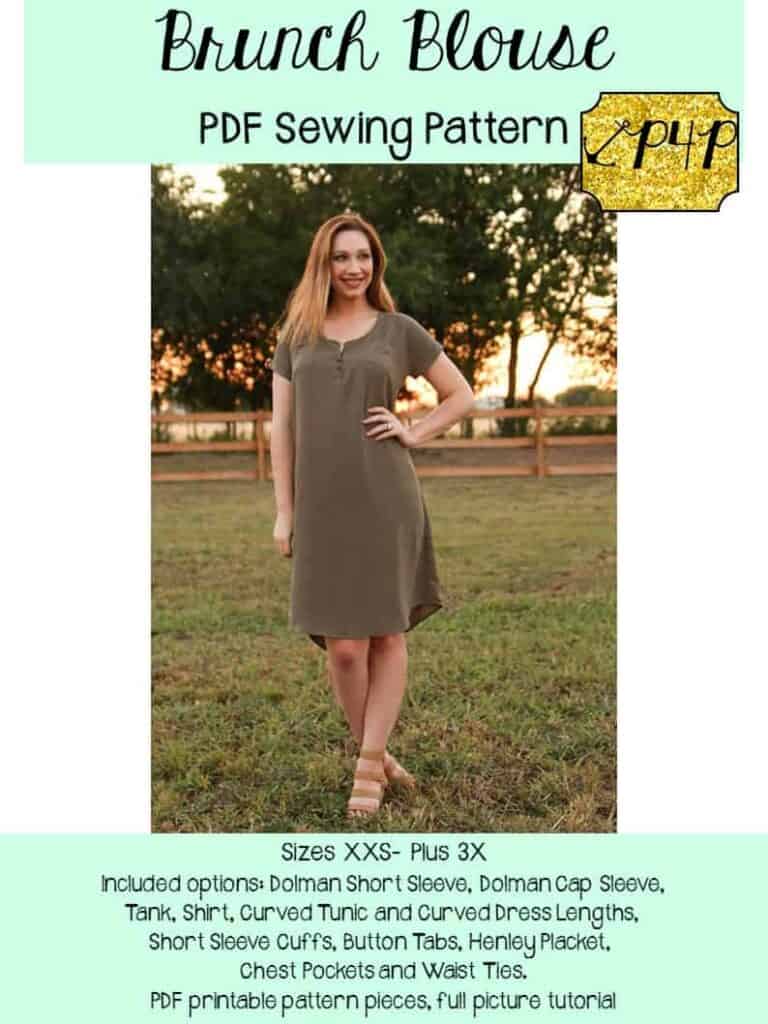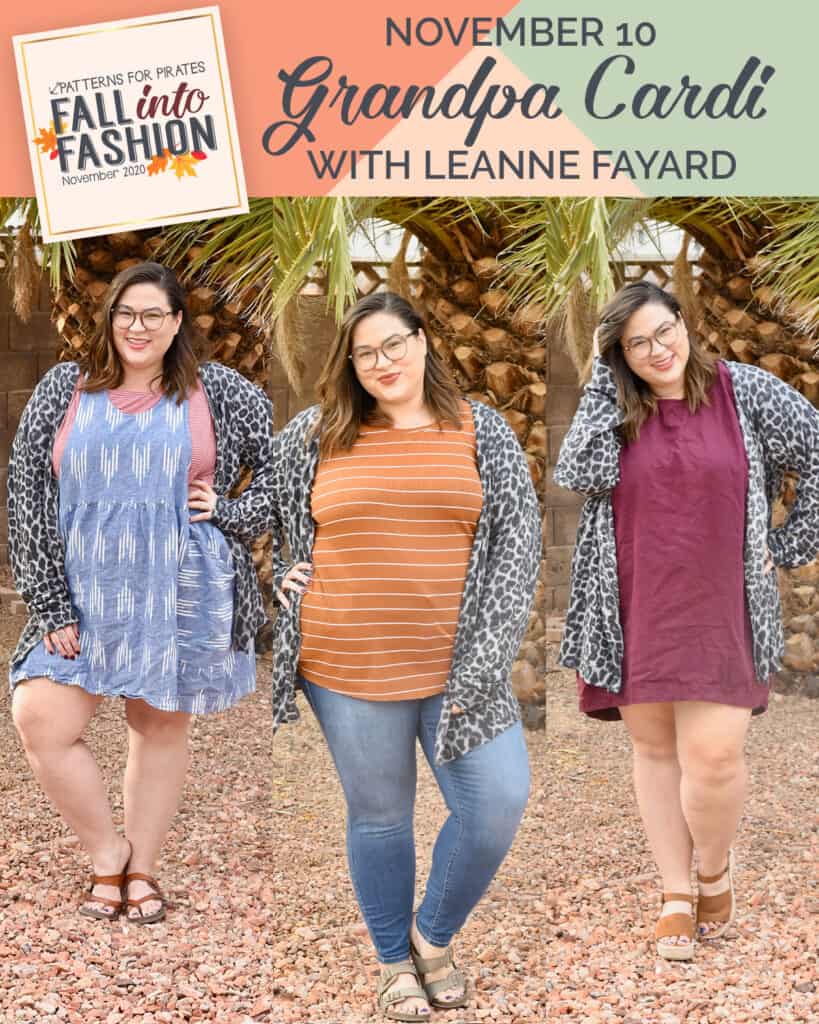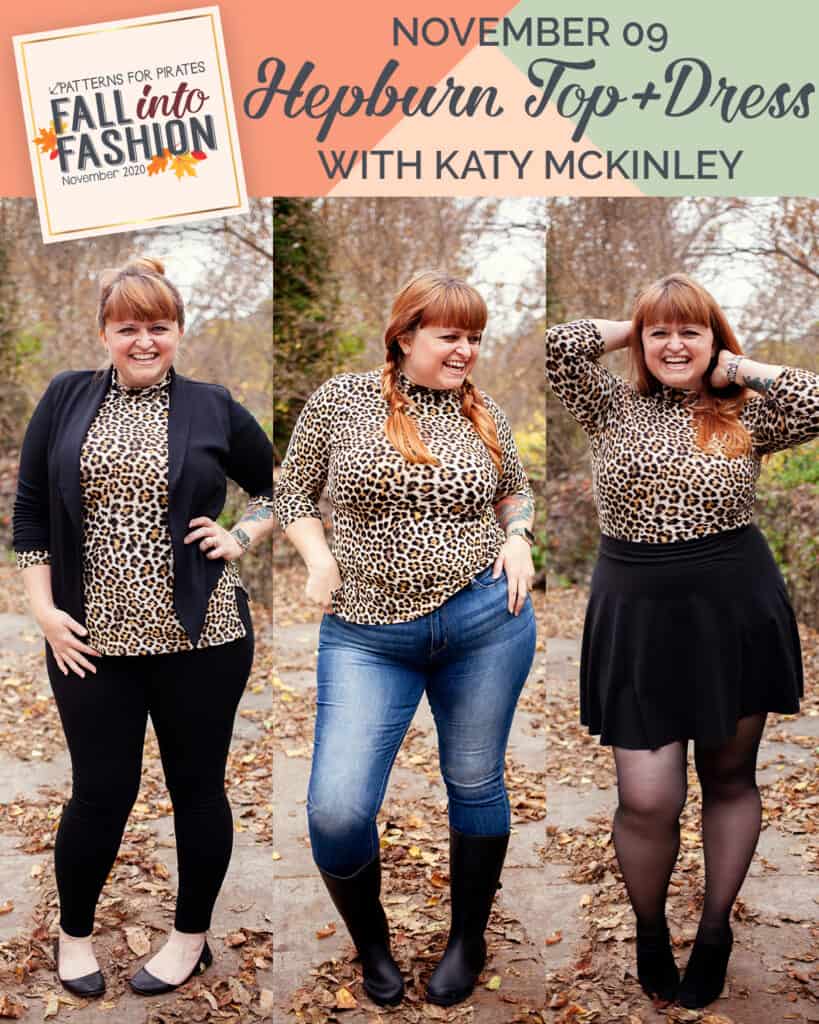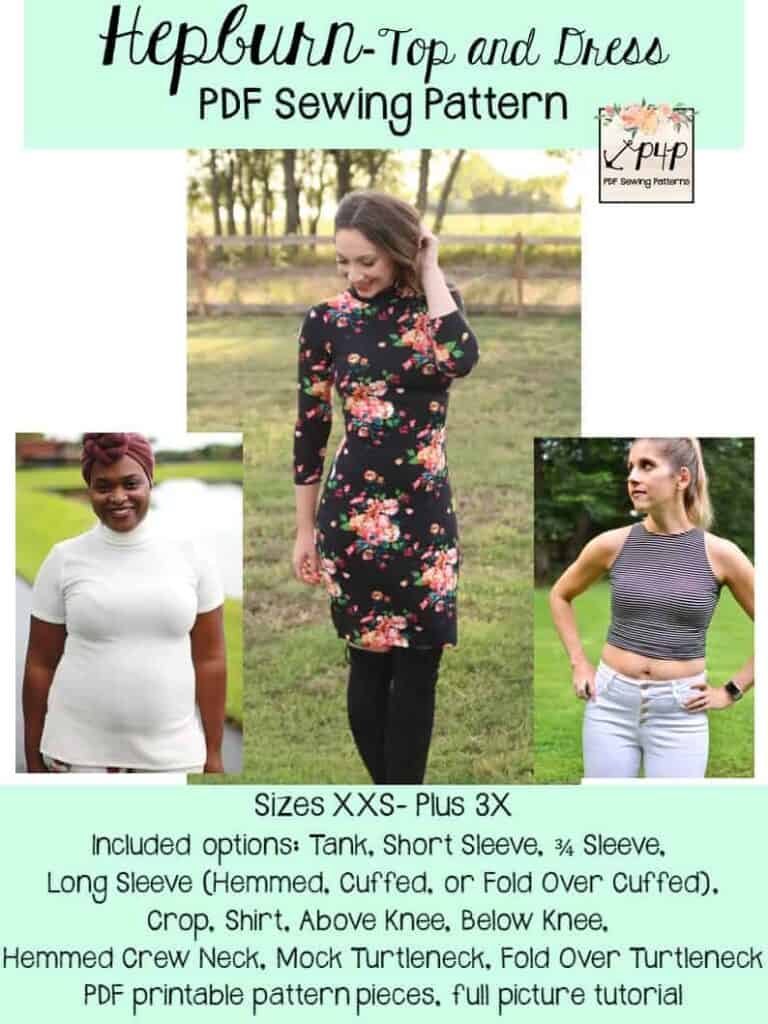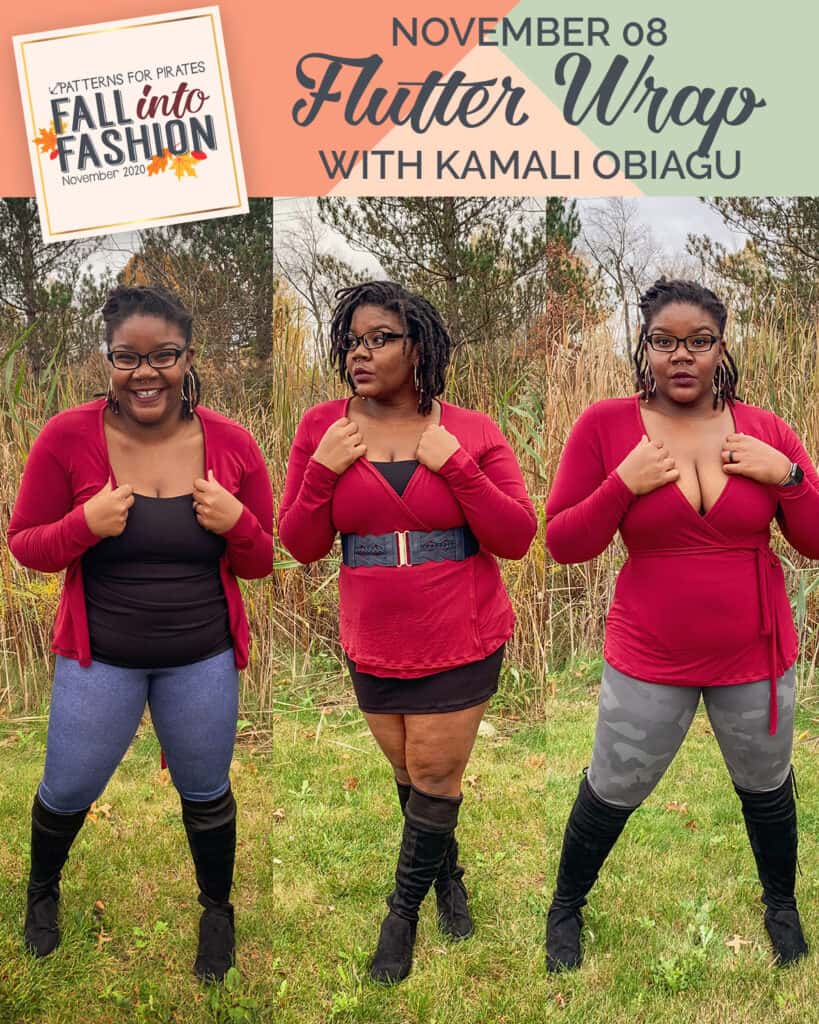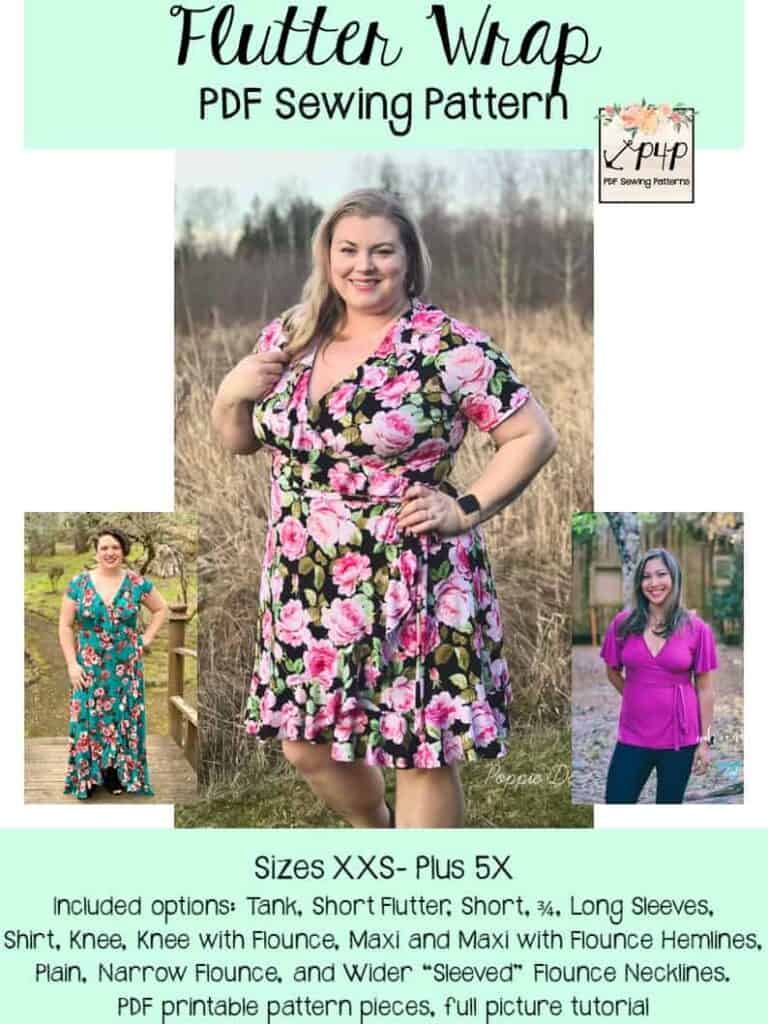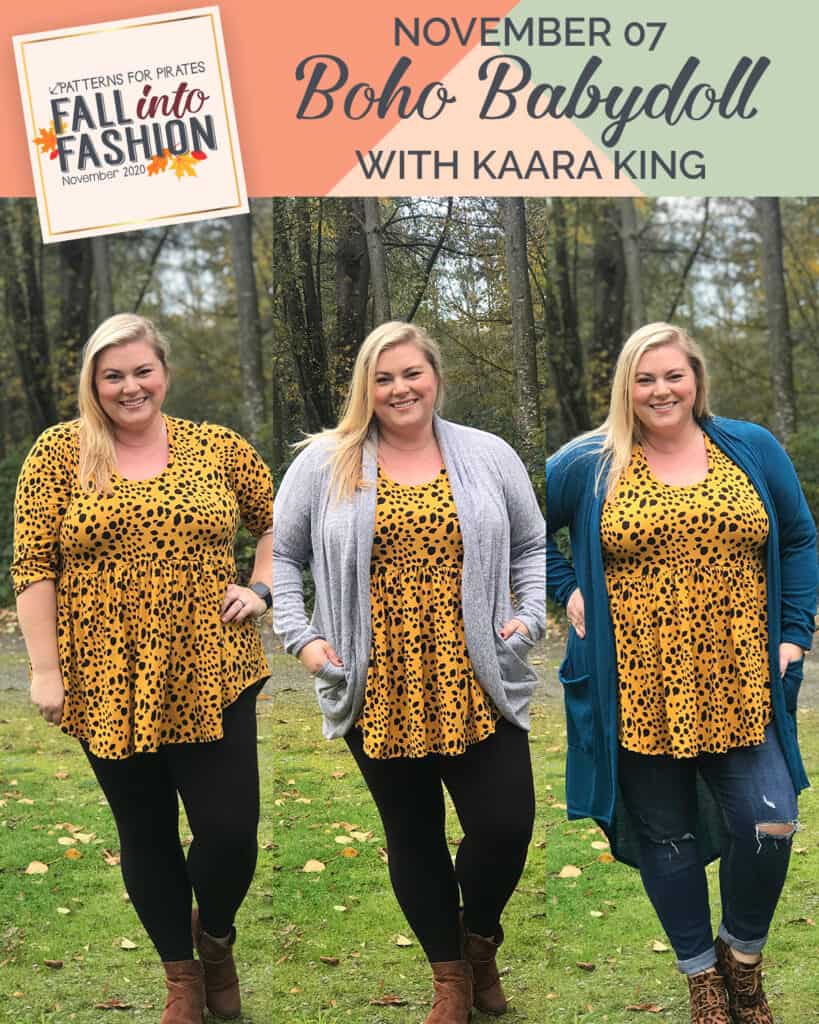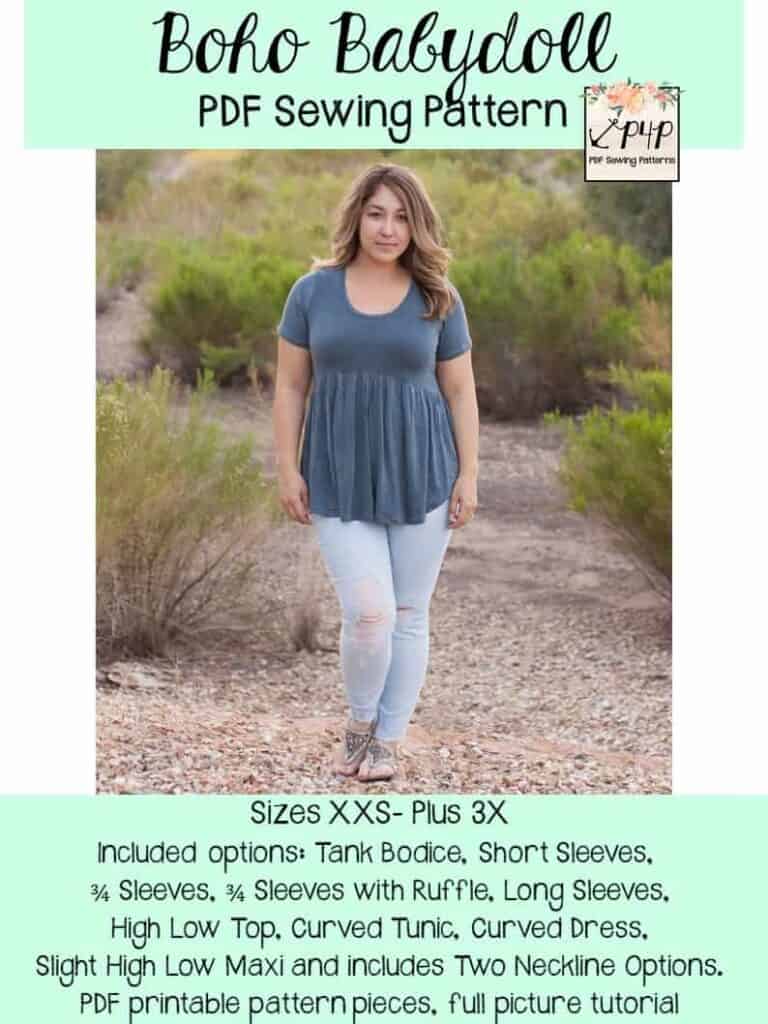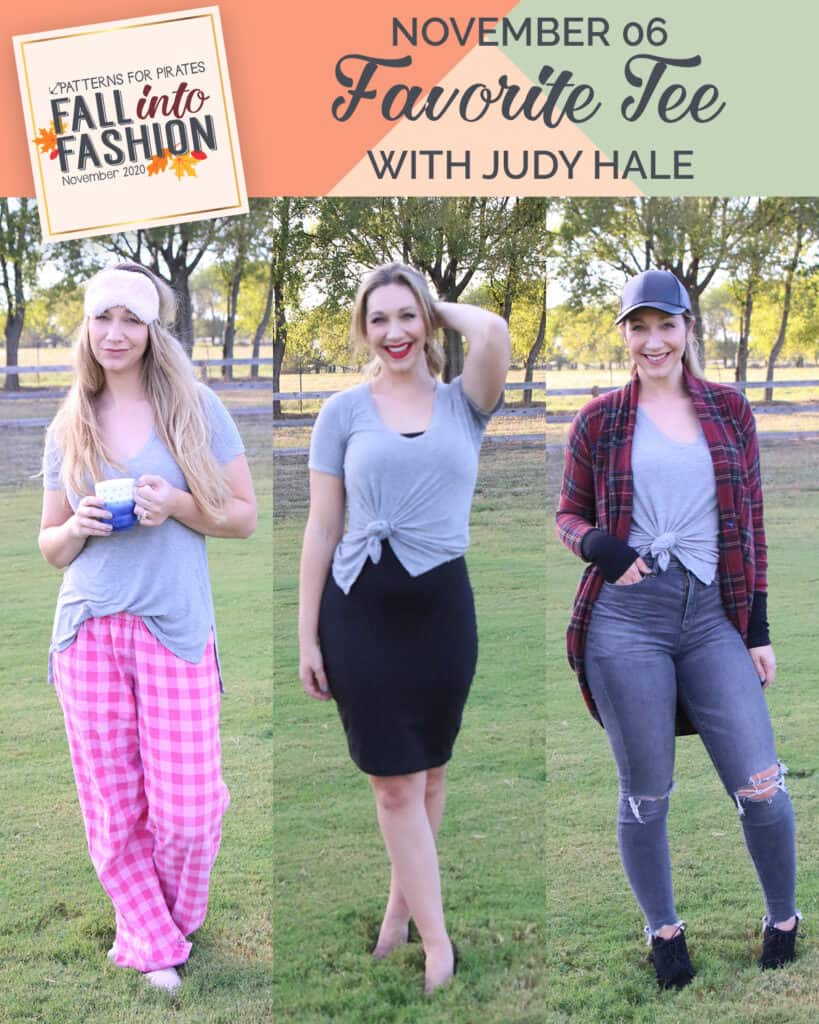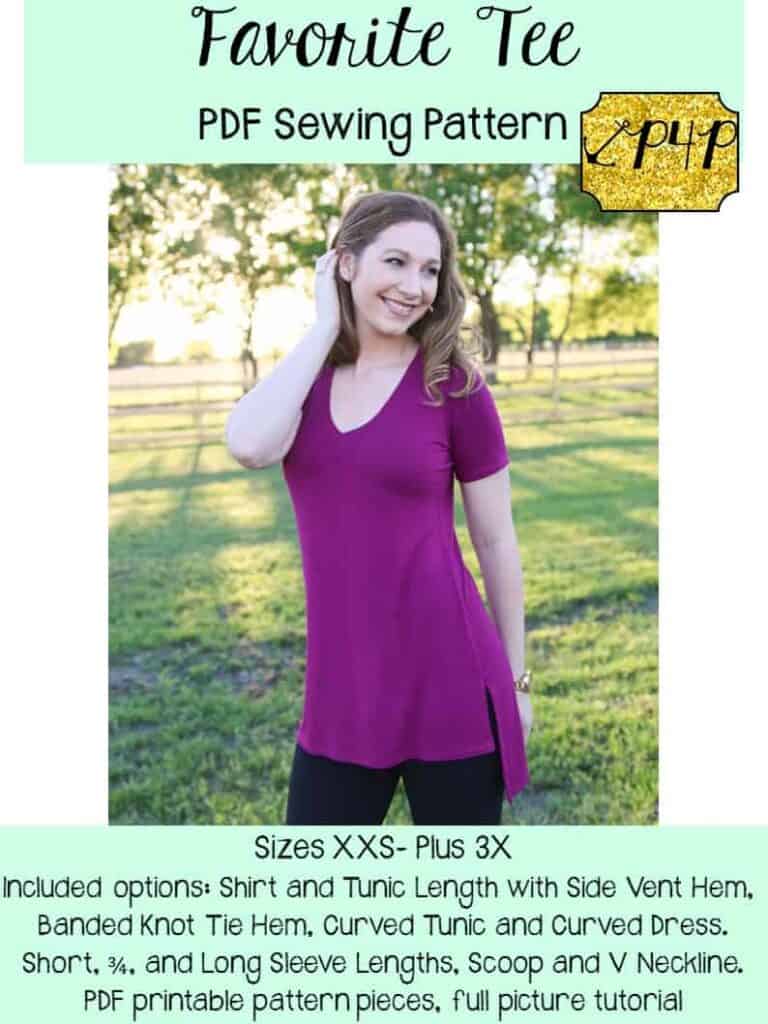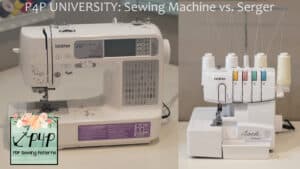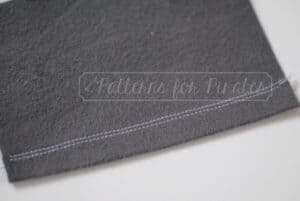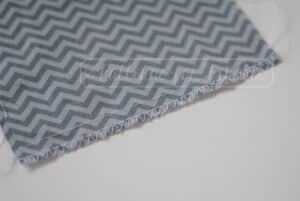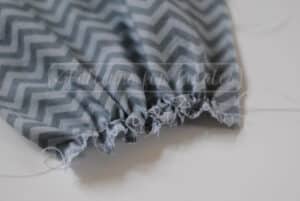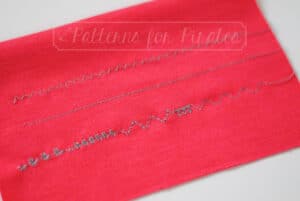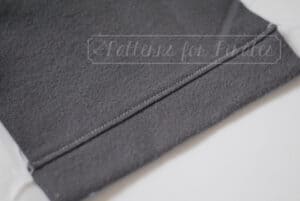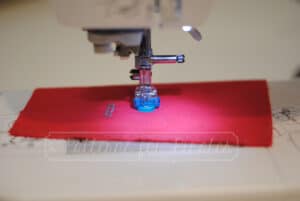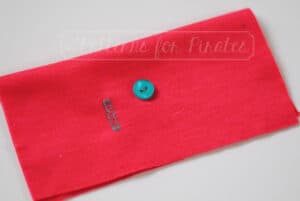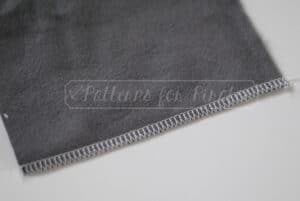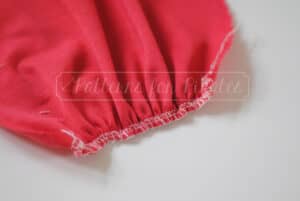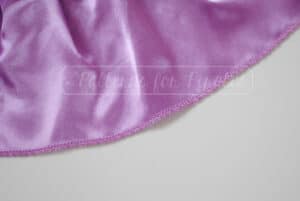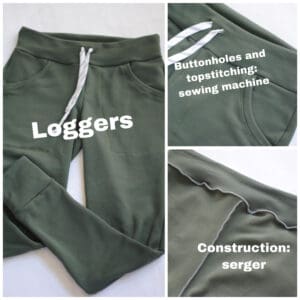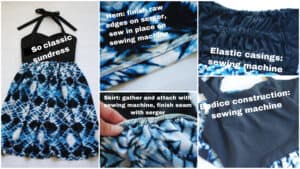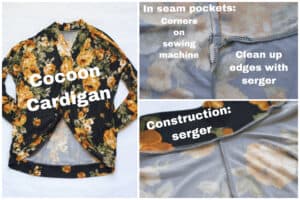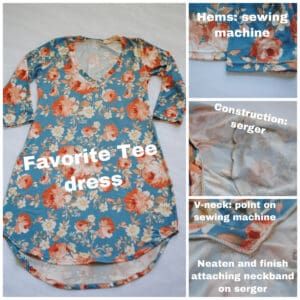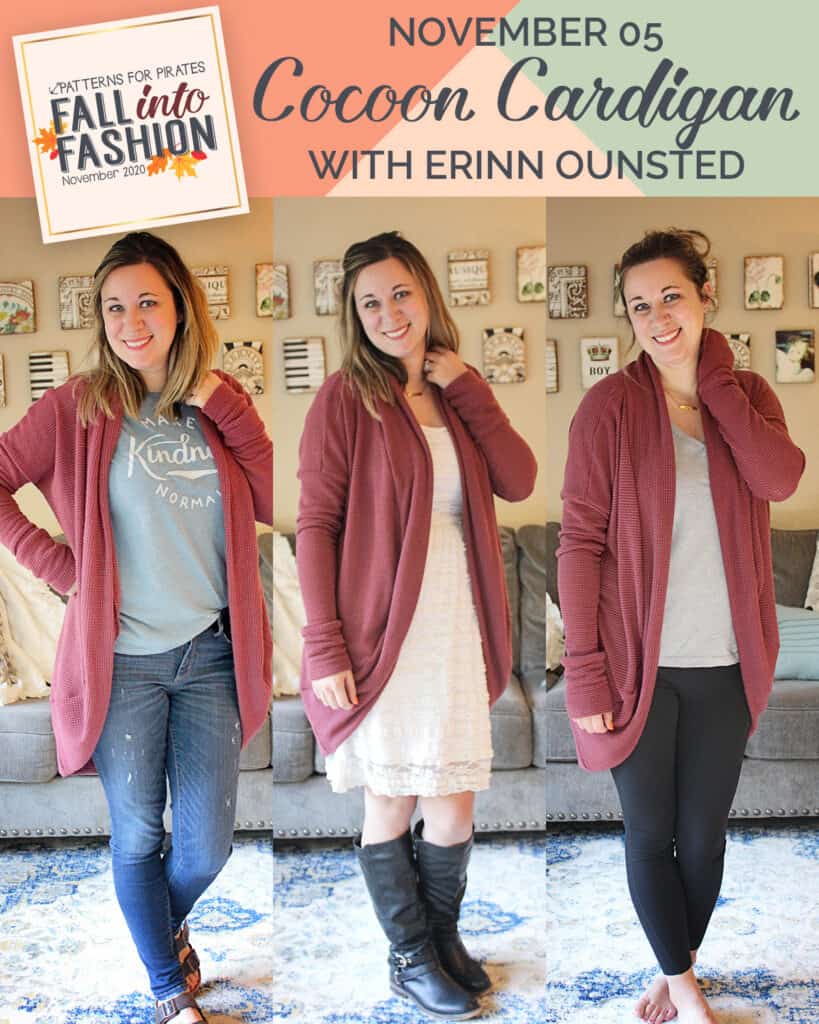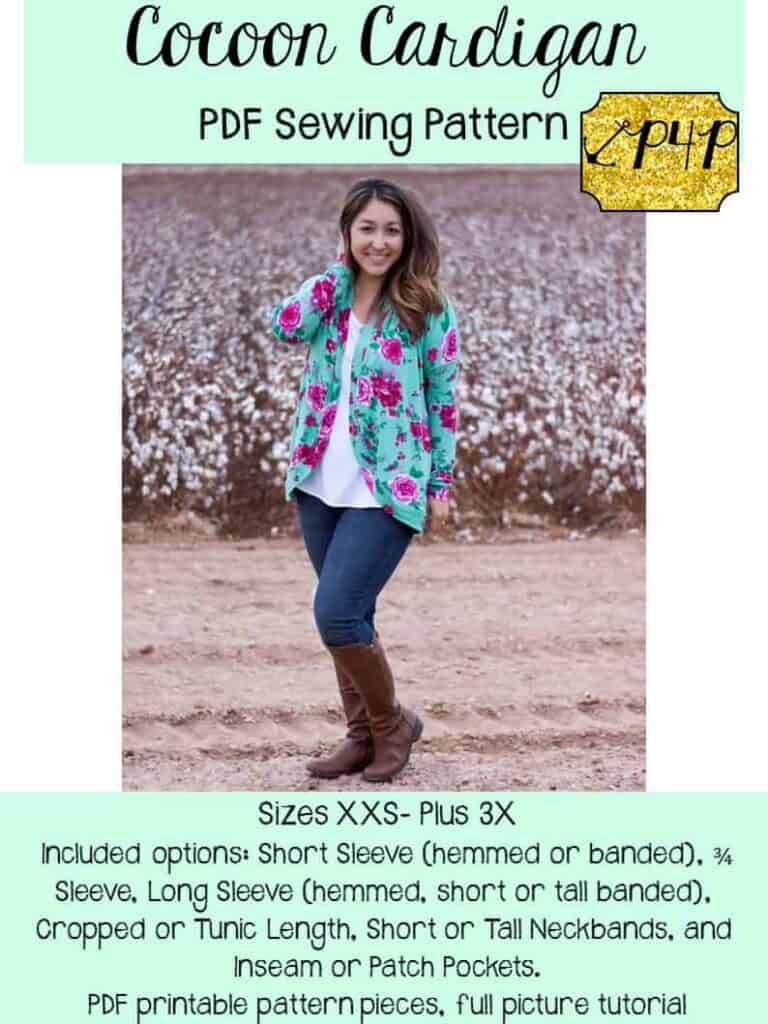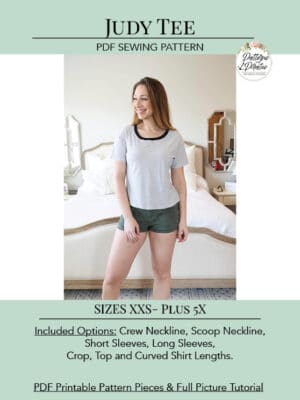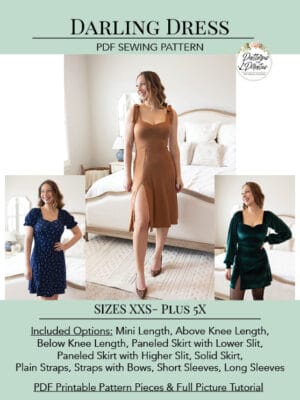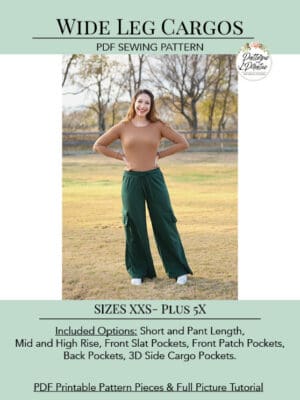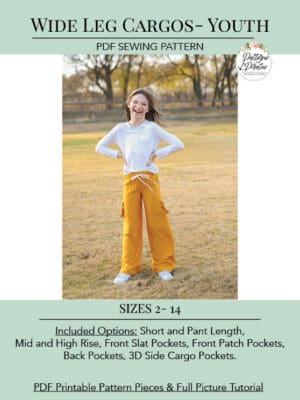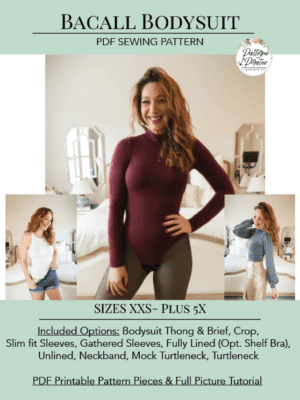All November long, we are looking to “Fall Into Fashion” with some sewing and style fun. As the weather cools down, fashion heats up! This time of year can provide some of the best opportunities for styling yourself.
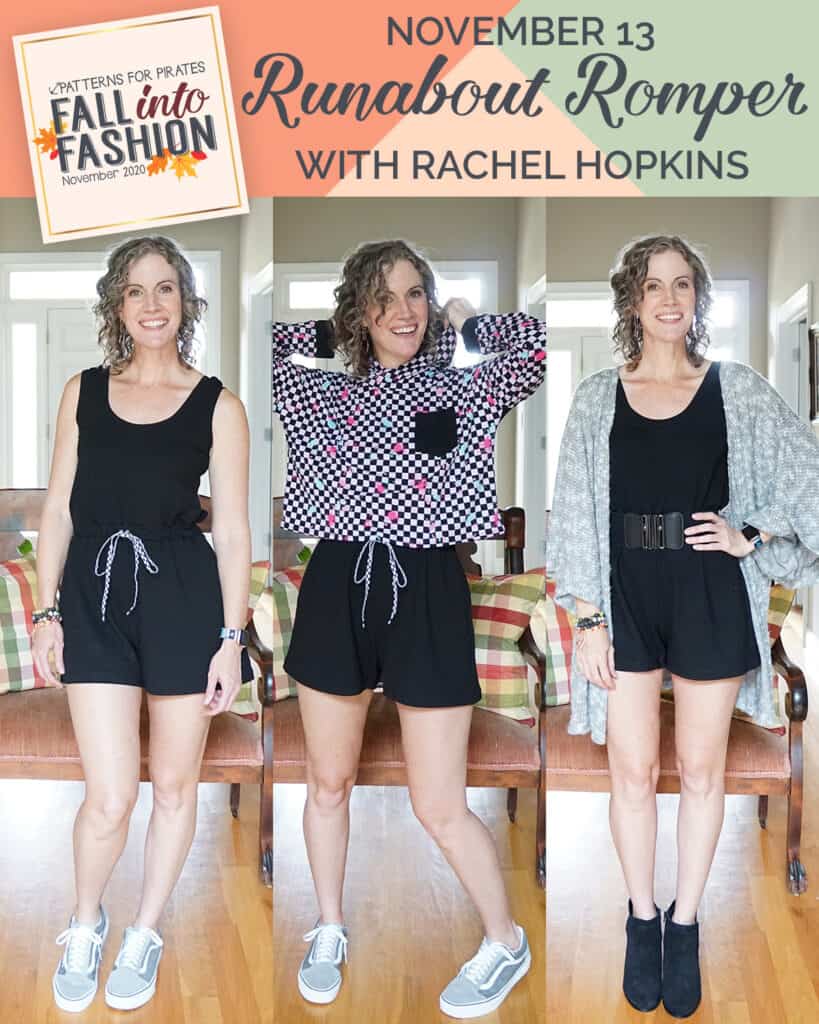
Have you ever heard the term “capsule wardrobe”? It is the practice of editing your wardrobe down to your favorite clothes (aka the items that fit your fashion sense, your body, and your lifestyle right now), remixing them regularly, and shopping/sewing less often and more intentionally.
Here at Patterns for Pirates headquarters, we thought it would be so fun to show you how to do this with your handmade wardrobe! We hired some incredible sewists from the Pirate Community and asked them to sew a pattern from our collection, and then show you how to get more wearability out of it. They are showing up each day to remix a different P4P pattern AND the pattern of the day will be on sale for that 24-hour period. So fun, right?
TODAY’S FEATURED PATTERN
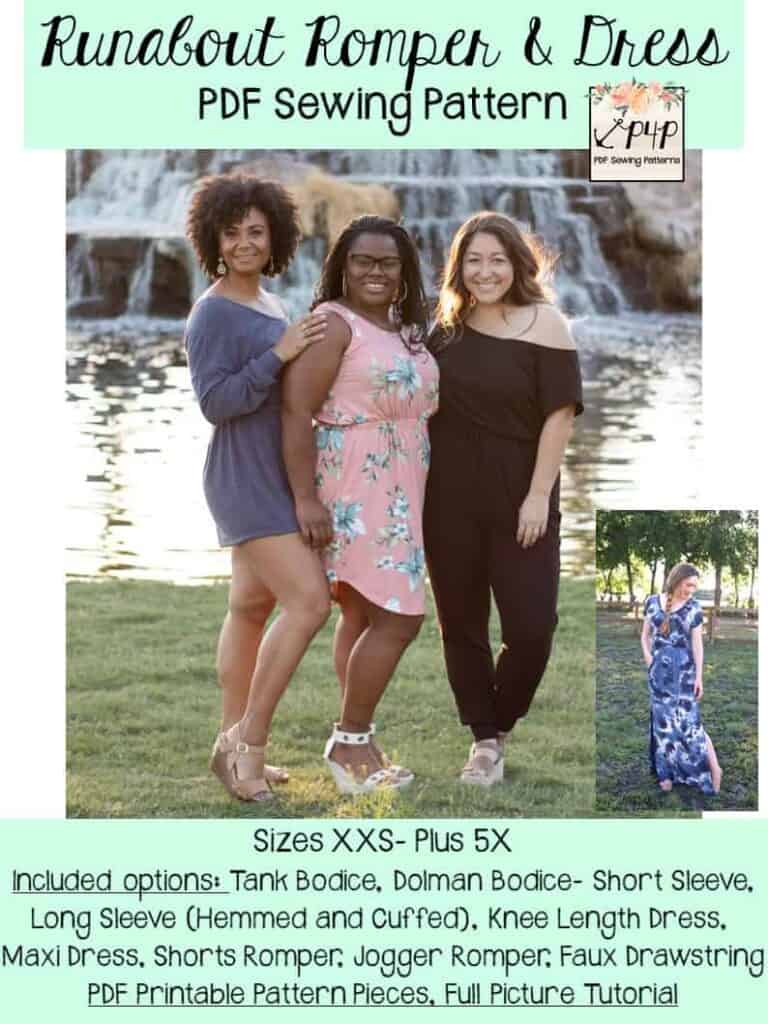
Pattern: Runabout Romper + Dress
Quick Summary: The Runabout Romper is the perfect way to stay comfortable and look put together at the same time! Grab a nice, soft knit and you’ll be in secret pajamas in no time. You can easily dress it up or down with options, fabric choice, and styling. The looser silhouette with a tighter waist is a super flattering fit you will feel great in. The options will take you from winter through summer easily. The curved knee length is an adorable everyday dress option. The maxi length has side seam slits, which make everyone feel instantly glamourous! The shorts are a nice, loose, flowy fit for hotter weather and the joggers are flattering and super cozy! You can’t go wrong! Make some of each and fill up your closet with this quick and easy sewing pattern.
This pattern is on sale only thru tonight, at 11:59pm CST. If you’ve had your eye on it, don’t wait to jump on the deal!
Make sure you check out Instagram and Facebook today, for more fun videos and photos from our featured sewist! But before you go, here are a few quick pics to keep you inspired!






